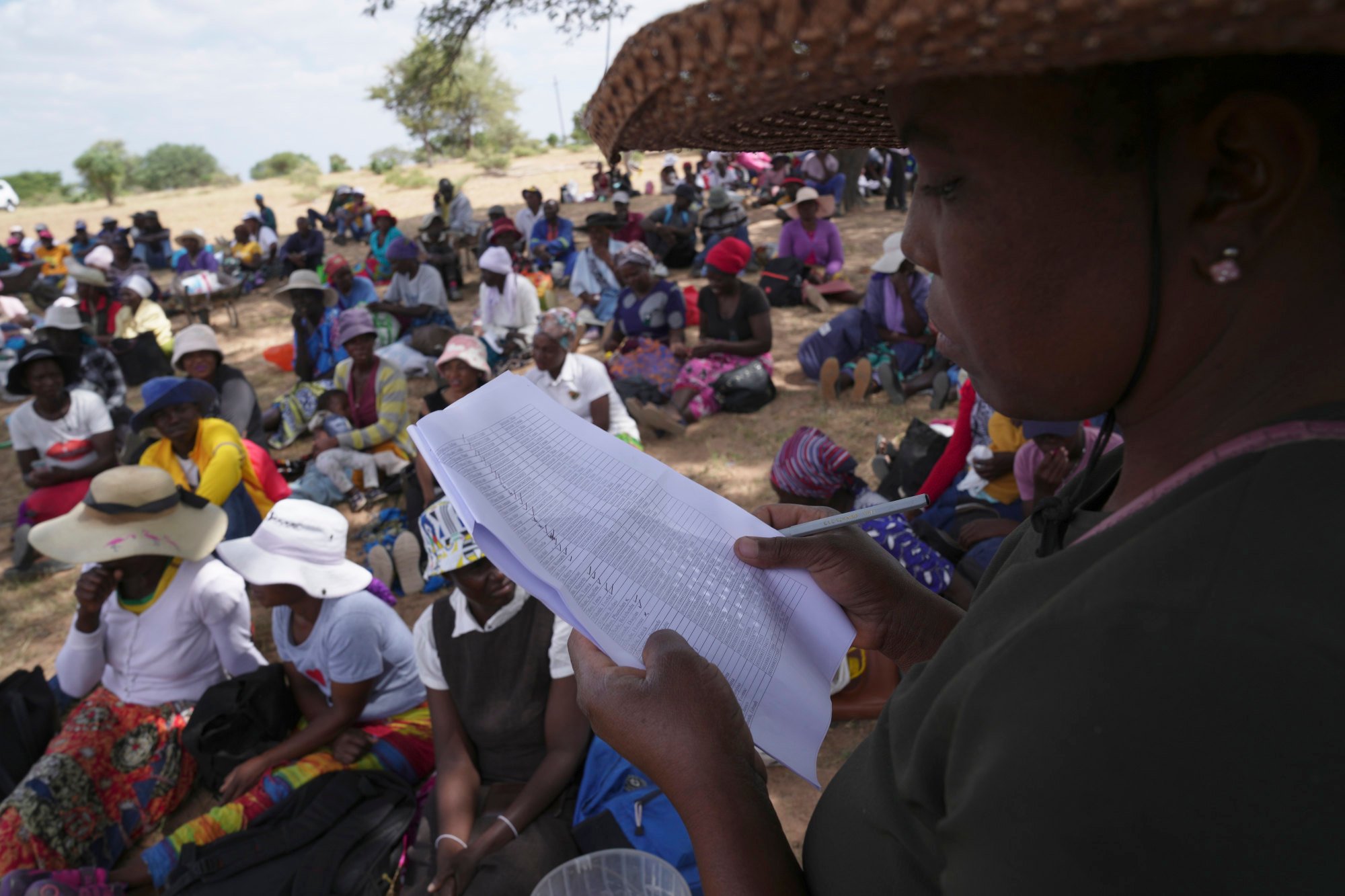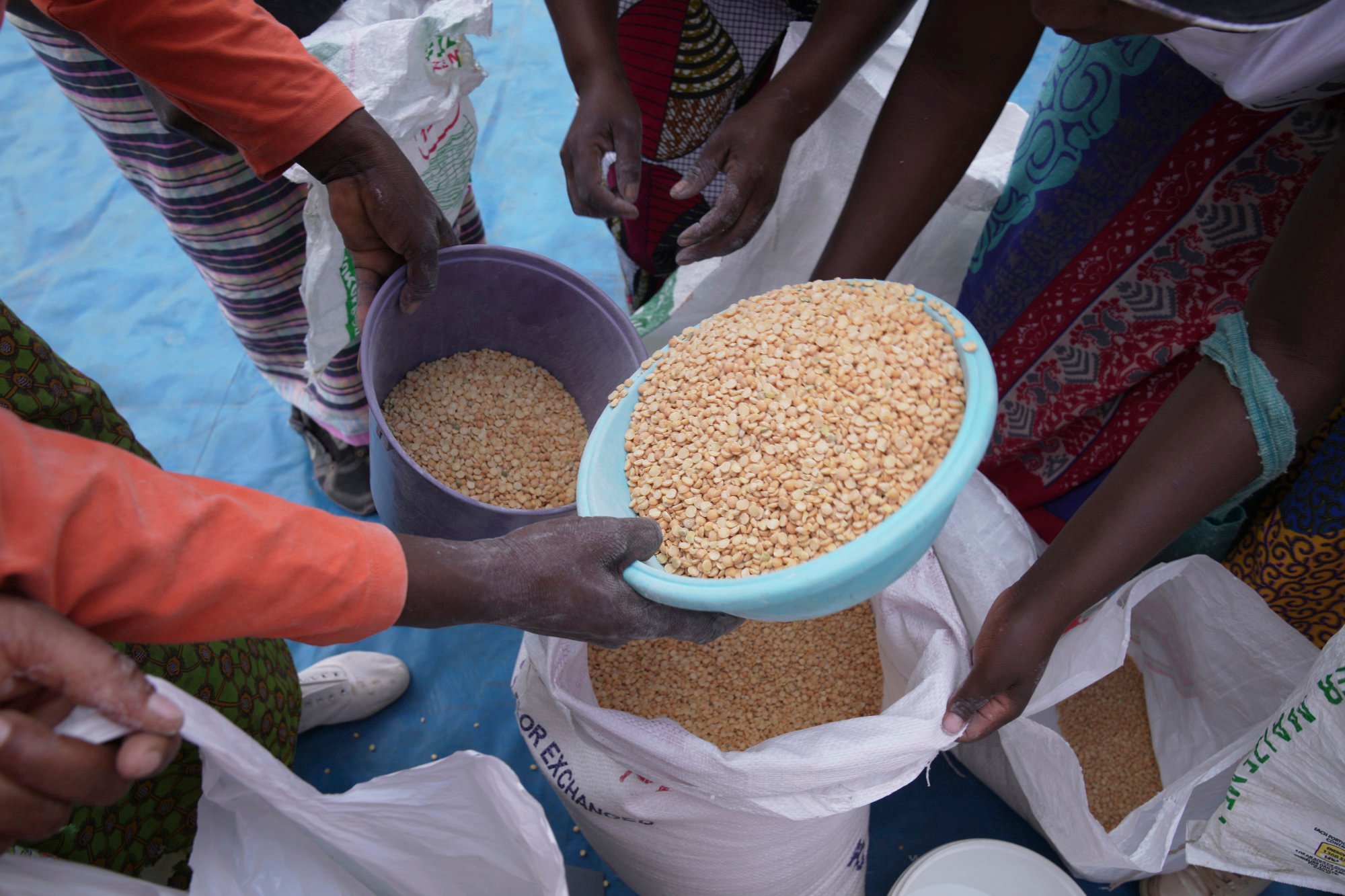Zimbabwe declared a state of disaster over a devastating drought that’s sweeping across much of southern Africa, with the country’s president saying it needs US$2 billion for humanitarian assistance.
Wednesday’s declaration was widely expected following similar actions by neighbouring Zambia and Malawi, where drought linked to the El Nino weather phenomenon has scorched crops, leaving millions of people in need of food assistance.
“Due to the El Nino-induced drought … more than 80 per cent of our country received below normal rainfall,” President Emmerson Mnangagwa said in a speech calling for international aid. The country’s top priority, he said, is “securing food for all Zimbabweans. No Zimbabwean must succumb to, or die from hunger”.
He appealed to United Nations agencies, local businesses and faith organisations to contribute towards humanitarian assistance.

El Nino, a naturally occurring climatic phenomenon that warms parts of the Pacific Ocean every two to seven years, has varied effects on the world’s weather. In southern Africa, it typically causes below-average rainfall, but this year has seen the worst drought in decades.
In Zimbabwe, the United Nations’ World Food Program has already rolled out a food assistance programme targeting the 2.7 million people, nearly 20 per cent of the country’s population, from January to March.
National disaster: over 17,000 hectares in Colombia destroyed by fires
National disaster: over 17,000 hectares in Colombia destroyed by fires
The first few months of the year are traditionally known as the “lean period,” when households run short as they wait for the new harvest. However, there is little hope for replenishing food stores this year, and Mnangagwa said that even more people than previously forecast will likely need food aid.
More than 60 per cent of Zimbabwe’s 15 million people live in rural areas, growing the food they eat, and sometimes small surpluses that can be sold to cover expenses such as school fees.
With relatively little participation in the cash economy, many of those won’t be able to buy food even when it’s available in markets.
Zimbabwe, once a regional agricultural powerhouse and grain exporter, has in recent years relied more on aid agencies to avert mass hunger due to extreme weather such as heatwaves and floods.
Mnangagwa’s declaration will open the way for aid agencies to mobilise international support for more aid, but many people may still fail to get assistance, which is likely to be targeted to the most vulnerable populations due to limited resources amid a global hunger crisis and a cut in humanitarian funding by rich governments.
Much of Southern Africa is in the throes of a food crisis due to the ongoing drought. Zimbabwe declared a state of national disaster and appealed for humanitarian assistance from international donors in 2019, after a failed crop left tens of thousands in need.

Zambian President Hakainde Hichilema declared the current drought a national disaster in February, saying that almost half of his country’s staple corn crop had been destroyed. According to the United Nations Children’s Fund, more than 6 million in Zambia, half of them children, have been affected by the drought.
Less than a month later, Malawian President Lazarus Chakwera said his country needed more than $200 million in urgent humanitarian assistance over a drought that he said has affected 2 million households in 23 of the tiny country’s 28 districts. The UN Children’s Fund said about 9 million people, half of them children, need help in Malawi.
The United States Agency for International Development, the US government’s foreign aid agency, has estimated through its Famine Early Warning Systems Network that 20 million people in southern Africa needed food relief between January and March.
These needs could extend into early 2025 for many people in areas of highest concern such as Zimbabwe, southern Malawi, parts of Mozambique and southern Madagascar due to El Nino, USAID said.

